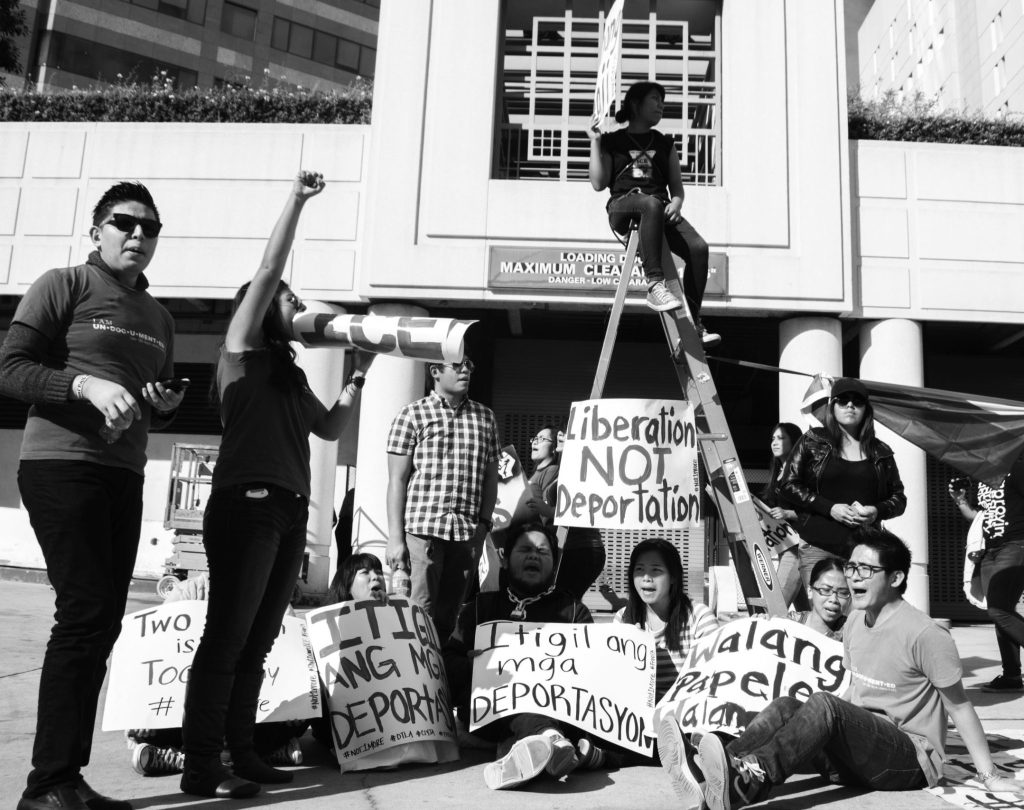PRESS RELEASE: Jan. 30, 2024
CONTACT: Emily Jo Wharry, UCLA Labor Center, emilyjowharry@g.ucla.edu, (310) 617-5609
LOS ANGELES — On Jan. 30, the UCLA Labor Center published a new report examining the potential impacts of increased automation at the Ports of Los Angeles and Long Beach, collectively known as the San Pedro Bay Port Complex. Now the 10th busiest port complex in the world, the port complex is responsible for more than 30% of U.S. domestic containerized imports. Today, three of the San Pedro Bay Port Complex’s 12 terminals employ some degree of automation, with additional terminal operators currently considering similar investment in automated infrastructure.
Commissioned by the California Workforce Development Board as part of the California Legislature’s 2020 Assembly Bill 639, “Automation and the Future of Dockwork at the San Pedro Bay Port Complex” examines automation’s potential impact on port efficiency, job quality, and local harbor communities based on a series of in-depth interviews with a panel of 10 industry stakeholders, a comprehensive review of scholarly and industry literature, and expert research and testimony gathered over the course of AB 639 proceedings.
Key findings include:
- Industry stakeholders, including terminal operators and labor representatives, questioned the immediate benefits of increased automation. Neither their experience nor the relevant literature unequivocally demonstrates that automation is more productive, safer, or cheaper than conventional cargo-handling equipment. Globally, there remains little evidence of positive return on investment at terminals that have implemented large-scale automated infrastructure.
- Industry stakeholders identified a number of potentially negative impacts of automation. There was broad consensus that automation could pose immediate safety risks for workers, lead to increased workplace surveillance and control, and produce indirect, unforeseen ripple effects across other segments of the supply chain.
- Industry stakeholders championed a wide range of possible solutions other than automation, including increasing hours of operation, investing in inland ports, better worker-training programs, and optimizing existing infrastructure to achieve standardization across terminals. Unlike automation, these solutions offer a systematic approach to maximizing port productivity and mitigating job loss.
- Industry stakeholders feared that increased automation would adversely affect the harbor community. Increased automation may undermine one of the key engines for economic stability and upward mobility in the harbor community, effectively extracting its wealth and exporting it in the form of profits for international shipping conglomerates.
According to the report’s authors, the San Pedro Bay Port Complex’s most pressing issues will require holistic solutions that address cargo flow across the entire supply chain, while still maintaining the port complex’s stability as an economic, social and cultural anchor for multiple generations of San Pedro Bay communities.
“While there is considerable evidence that the ‘doomsday’ automation scenarios of total job loss are largely overblown, it is nevertheless critical for stakeholders and policymakers to take seriously the ample data demonstrating that automation is not a silver-bullet solution. The technology that exists today simply isn’t more efficient, productive, or cost-effective than human workers,” said Brian Justie, senior research analyst at the UCLA Labor Center. “Our research shows that automation has the potential to threaten the quality of existing jobs, making them more dangerous and precarious, and that there are better alternatives to maximizing port productivity and mitigating job loss.”
Download the report: https://bit.ly/ADSP
###
About the UCLA Labor Center:
The UCLA Labor Center believes that a public university belongs to the people and should advance quality education and employment for all. Every day we bring together workers, students, faculty, and policymakers to address the most critical issues facing working people today. Our research, education, and policy work lifts industry standards, creates jobs that are good for communities, and strengthens immigrant rights, especially for students and youth. The UCLA Labor Center is housed in the Institute for Research on Labor and Employment, a multidisciplinary research center dedicated to the study, teaching, and discussion of labor and employment issues at UCLA. Learn more: https://labor.ucla.edu/


